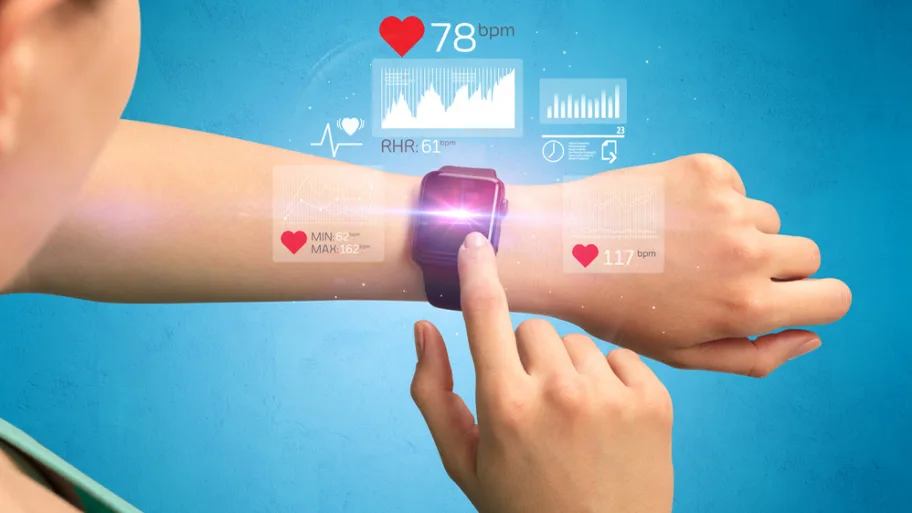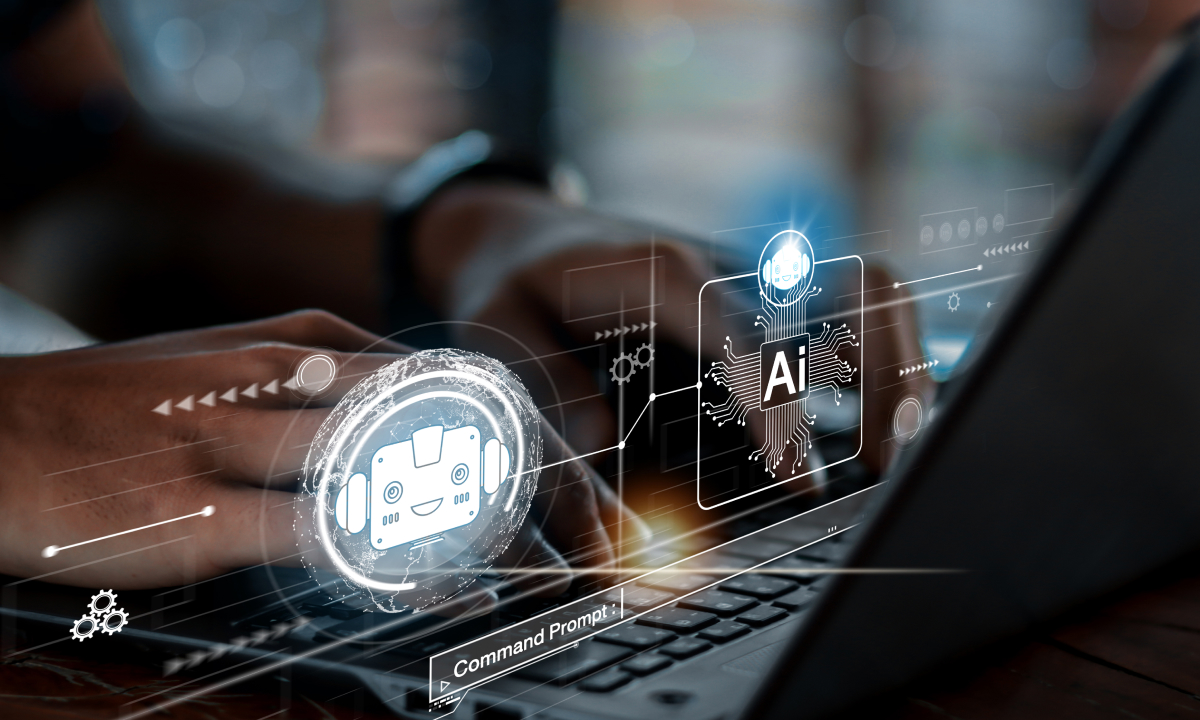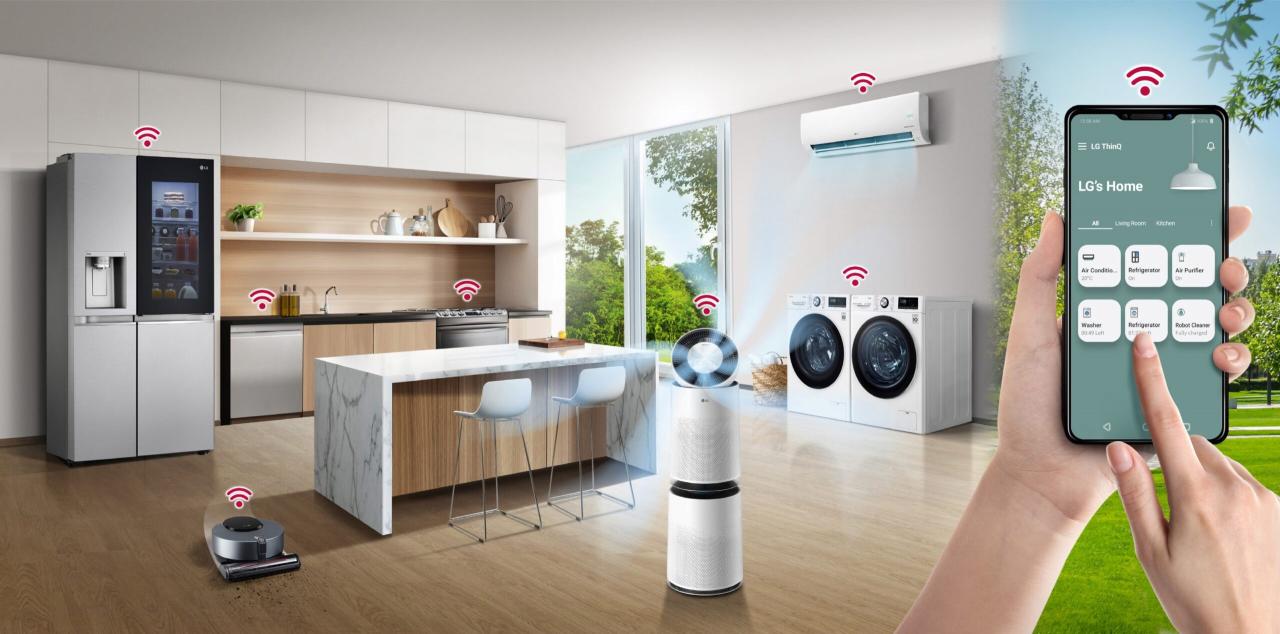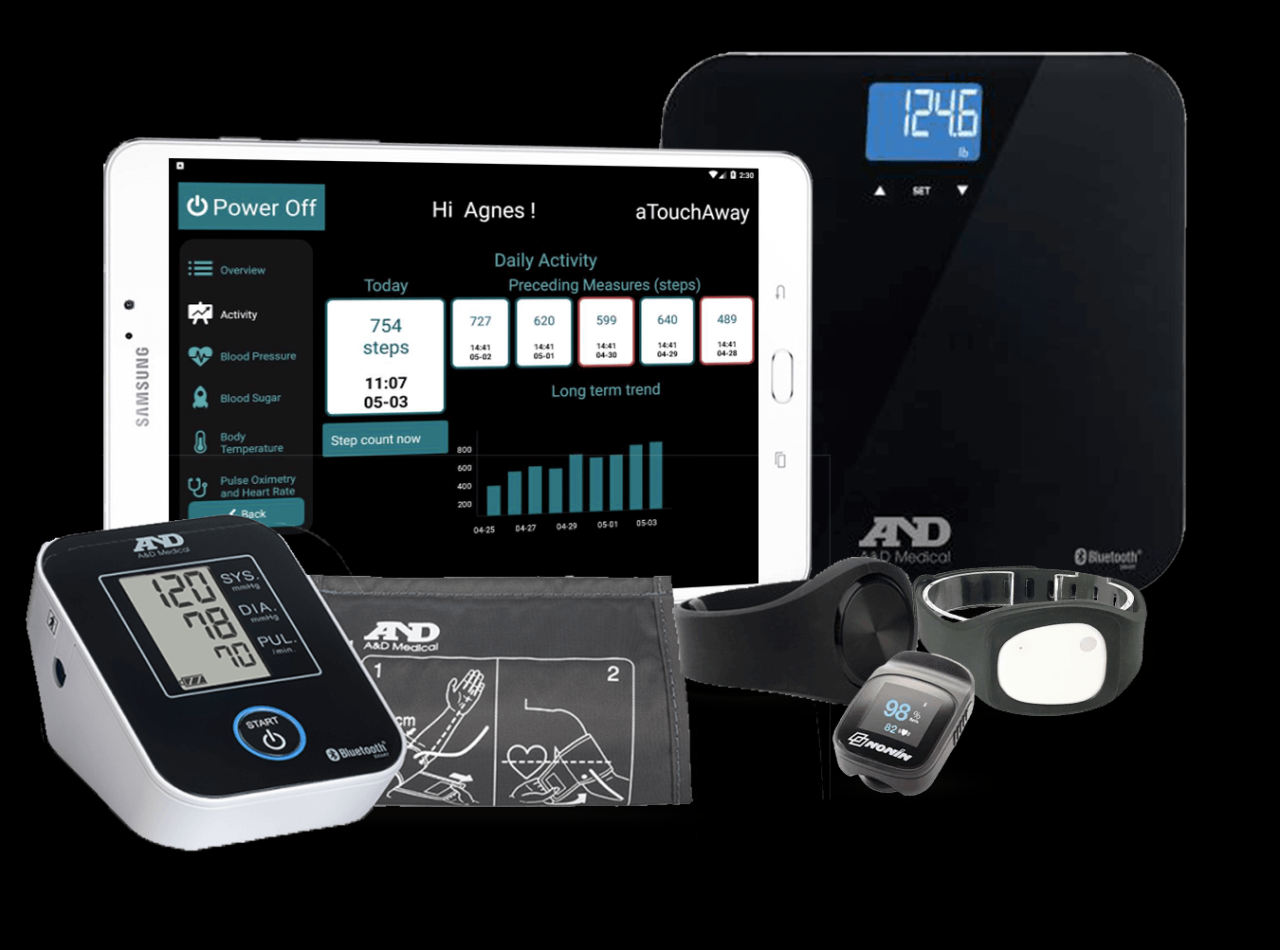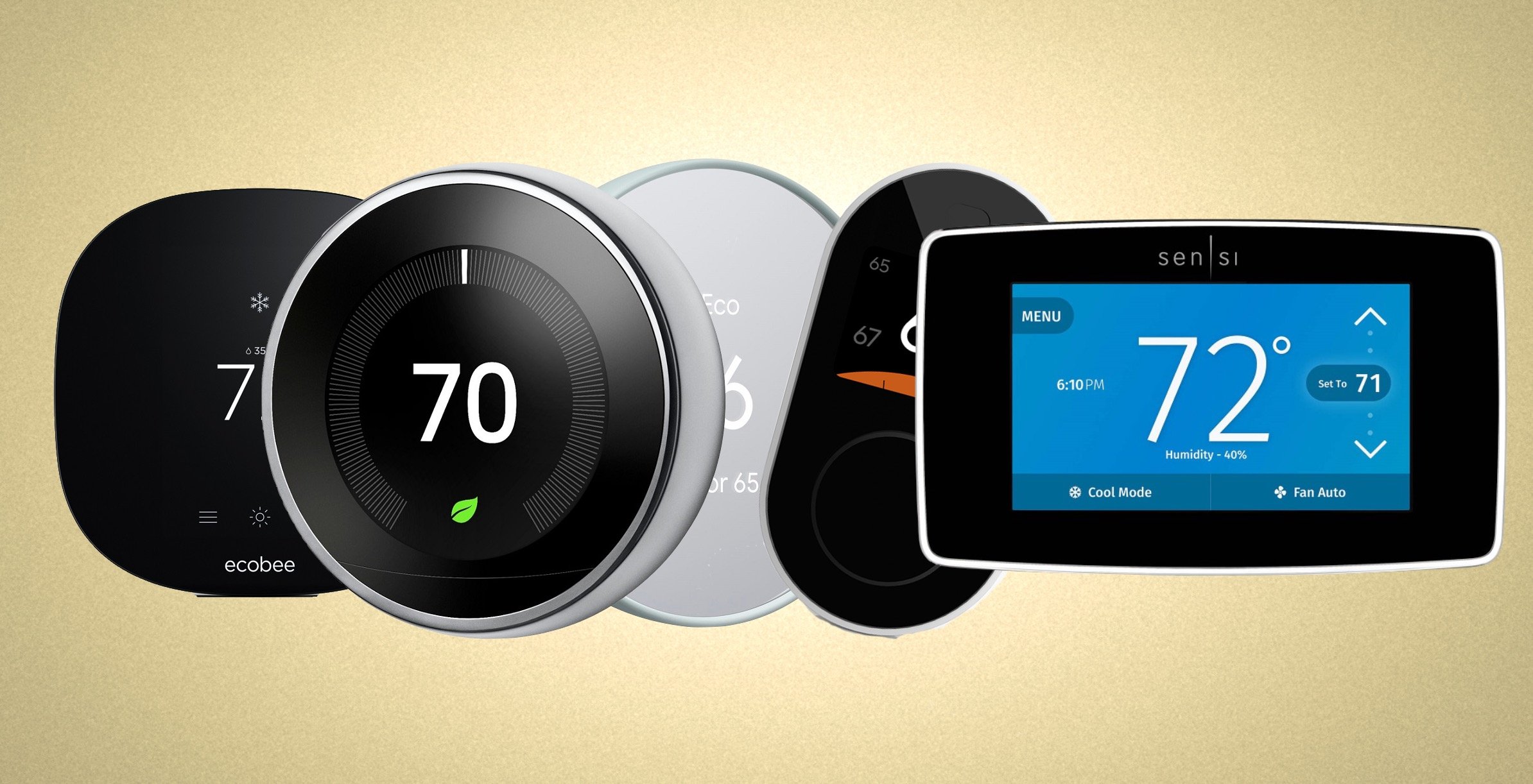Applications of smart sensors are transforming various industries with cutting-edge technology and innovative solutions, revolutionizing the way we interact with our surroundings. From healthcare to automotive and environmental monitoring, the impact of smart sensors is profound and far-reaching.
As we delve deeper into the realm of smart sensors, we uncover the diverse applications and benefits that these advanced devices offer in enhancing efficiency, safety, and performance across different sectors.
Overview of Smart Sensors
Smart sensors are advanced devices that are capable of detecting, measuring, and transmitting data to enable automated systems to make intelligent decisions. These sensors play a crucial role in various industries by providing real-time information, enhancing efficiency, and improving overall performance.
Examples of Industries Using Smart Sensors
- Automotive Industry: Smart sensors are used in vehicles for monitoring tire pressure, detecting obstacles, and ensuring driver safety.
- Healthcare Industry: In healthcare, smart sensors are utilized in wearable devices to track vital signs, monitor patient health, and provide early warnings of potential issues.
- Agricultural Sector: Smart sensors are employed in agriculture for monitoring soil moisture, temperature, and other environmental factors to optimize crop production.
- Manufacturing Industry: Smart sensors play a key role in manufacturing processes by enabling predictive maintenance, monitoring equipment performance, and ensuring product quality.
Benefits of Utilizing Smart Sensors
- Real-time Data: Smart sensors provide instant data collection and analysis, allowing for quick decision-making and problem-solving.
- Efficiency: By automating processes and reducing manual intervention, smart sensors help in improving efficiency and productivity.
- Cost Savings: Smart sensors can help in reducing operational costs by optimizing resource utilization and minimizing downtime.
- Enhanced Safety: In industries such as healthcare and automotive, smart sensors enhance safety by detecting potential hazards and alerting users in real-time.
Types of Smart Sensors
Smart sensors come in various types with different functionalities and features. Let’s explore some of the common types available in the market:
1. Temperature Sensors
Temperature sensors are designed to measure the ambient temperature of a specific area. They are commonly used in HVAC systems, refrigeration units, and industrial processes to ensure optimal temperature control. Some temperature sensors can also detect changes in temperature over time, making them essential for monitoring purposes.
2. Motion Sensors
Motion sensors are capable of detecting movement in their surroundings. They are widely used in security systems, automatic lighting controls, and smart home devices. Motion sensors can trigger alarms, turn lights on/off, or activate other devices based on detected motion, enhancing security and convenience.
3. Proximity Sensors
Proximity sensors detect the presence or absence of an object within a certain range without physical contact. They are commonly used in smartphones, touch screens, and industrial automation systems. Proximity sensors can accurately sense objects in close proximity, enabling touchless operation and precise object detection.
4. Light Sensors
Light sensors, also known as photodetectors, measure the intensity of light in their environment. They are essential in cameras, automatic lighting systems, and solar panels. Light sensors can adjust the brightness of displays, trigger actions based on ambient light levels, and optimize energy efficiency in various applications.
5. Pressure Sensors
Pressure sensors monitor the pressure of gases or liquids in a system. They are vital in automotive applications, medical devices, and industrial equipment. Pressure sensors can ensure accurate pressure control, detect leaks or blockages, and provide crucial feedback for maintaining operational efficiency.
6. Gas Sensors
Gas sensors are designed to detect specific gases in the air, such as carbon monoxide, methane, or volatile organic compounds. They are commonly used in environmental monitoring, industrial safety, and indoor air quality systems. Gas sensors can alert users to potential hazards, enable timely interventions, and contribute to a healthier living or working environment.
7. Humidity Sensors
Humidity sensors measure the moisture content in the air or other substances. They are essential in climate control systems, agricultural applications, and medical devices. Humidity sensors can prevent mold growth, regulate moisture levels, and ensure optimal conditions for various processes.
By understanding the functionalities and features of different types of smart sensors, businesses and consumers can choose the most suitable sensor for their specific needs and applications.
Applications in Healthcare
Smart sensors play a crucial role in revolutionizing the healthcare sector by providing real-time data and monitoring capabilities to improve patient care and overall health services.
Remote Patient Monitoring
Smart sensors are used for remote patient monitoring, allowing healthcare providers to keep track of patients’ vital signs and health conditions from a distance. This technology enables early detection of any health issues and timely interventions, leading to better outcomes for patients.
Wearable Health Trackers
Smart sensors integrated into wearable devices like smartwatches and fitness trackers enable individuals to monitor their health metrics such as heart rate, activity levels, and sleep patterns. This data can be shared with healthcare professionals for a more comprehensive assessment of a person’s health status.
Medication Management
Smart sensors are utilized in medication management systems to ensure patients adhere to their prescribed medication schedules. These sensors can send reminders to patients, monitor medication intake, and alert healthcare providers in case of any deviations, helping to prevent medication errors and improve treatment outcomes.
Fall Detection Systems
Smart sensors are also employed in fall detection systems for the elderly or individuals at risk of falling. These sensors can detect sudden movements or changes in posture, automatically alerting caregivers or emergency services to provide immediate assistance, reducing the risk of serious injuries.
Smart Sensors in Automotive Industry: Applications Of Smart Sensors
Smart sensors play a crucial role in the automotive industry by revolutionizing the way vehicles operate and ensuring enhanced safety and performance on the road.
Role of Smart Sensors in Modern Vehicles
Smart sensors are integrated into modern vehicles to gather data and provide real-time information to various systems. These sensors monitor crucial parameters such as temperature, pressure, proximity, and more to optimize vehicle performance.
Enhancing Vehicle Safety and Performance, Applications of smart sensors
- Collision Avoidance Systems: Smart sensors enable collision avoidance systems by detecting obstacles and warning the driver or even automatically applying brakes to prevent accidents.
- Tire Pressure Monitoring: Smart sensors monitor tire pressure to ensure optimal performance, fuel efficiency, and safety on the road.
- Adaptive Cruise Control: By using smart sensors to monitor the distance between vehicles, adaptive cruise control systems can adjust speed to maintain a safe following distance.
Examples of Smart Sensor Applications in Automotive Technologies
Smart sensors are utilized in advanced driver assistance systems (ADAS) to enable features such as lane departure warning, blind-spot detection, and automatic parking assistance.
- Camera Sensors: Used for parking assistance, lane-keeping assistance, and traffic sign recognition.
- Radar Sensors: Enable adaptive cruise control, blind-spot detection, and rear cross-traffic alert systems.
- Ultrasonic Sensors: Assist in parking sensors and proximity detection.
Environmental Monitoring with Smart Sensors
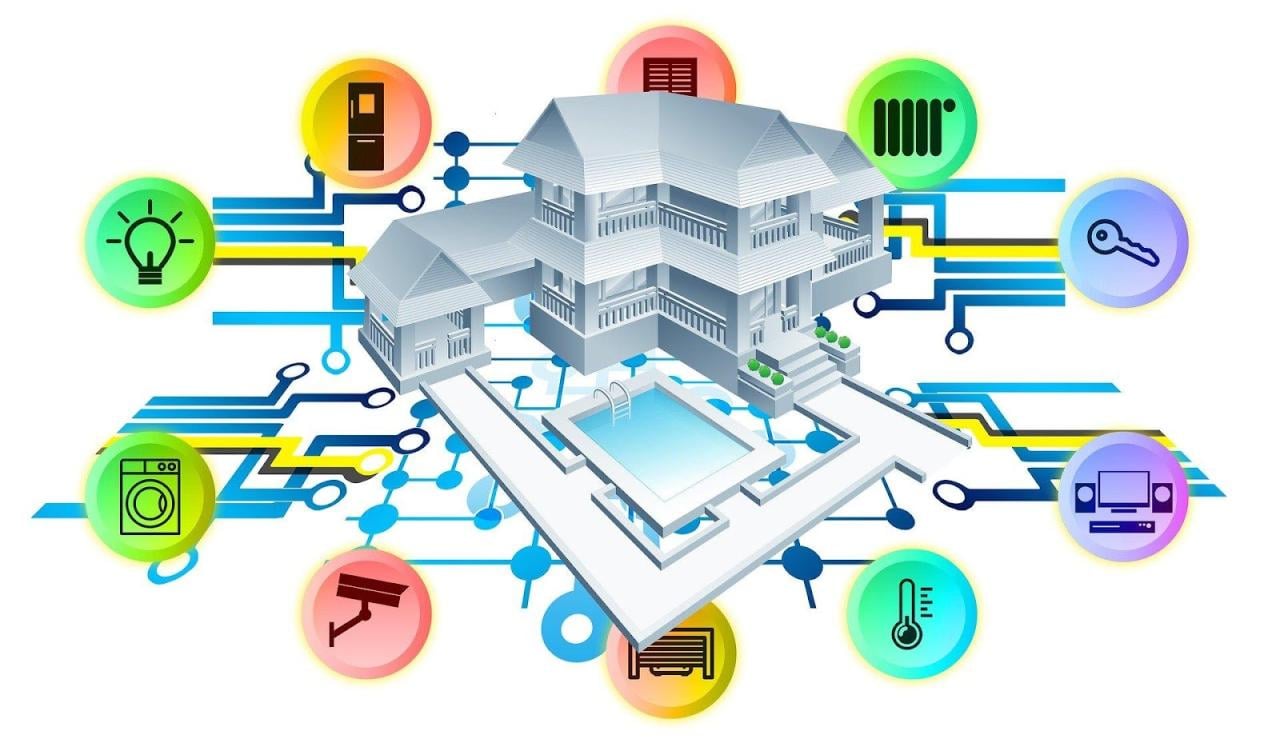
Smart sensors play a crucial role in environmental monitoring by providing real-time data on various environmental parameters, helping researchers and authorities make informed decisions to protect our planet.
Significance of Smart Sensors in Environmental Monitoring
- Smart sensors help in detecting pollution levels, air quality, water quality, temperature, humidity, and other critical environmental factors.
- They enable continuous monitoring of environmental conditions, allowing for timely interventions and preventive measures.
- By collecting and analyzing data, smart sensors contribute to the development of sustainable practices and policies for environmental protection.
Utilization of Smart Sensors for Measuring Environmental Parameters
- Smart sensors are used in air quality monitoring stations to measure pollutants such as carbon monoxide, sulfur dioxide, and particulate matter.
- In water quality monitoring, smart sensors measure parameters like pH levels, dissolved oxygen, turbidity, and conductivity to assess the health of aquatic ecosystems.
- Temperature and humidity sensors are deployed in various environmental monitoring projects to track climate change and its impact on biodiversity.
Examples of Environmental Monitoring Projects Using Smart Sensors
- The Smart Citizen project in Barcelona utilizes smart sensors to create a network of environmental monitoring stations across the city, providing citizens with real-time data on air quality and noise levels.
- The Great Barrier Reef Ocean Observing System uses smart sensors to monitor water quality, temperature, and acidity levels to protect the fragile ecosystem of the reef.
- The SmartSantander project in Santander, Spain, deploys smart sensors for monitoring traffic emissions, noise pollution, and waste management to improve the city’s environmental sustainability.
Clarifying Questions
How do smart sensors benefit different industries?
Smart sensors enhance efficiency, safety, and performance by providing real-time data insights and enabling predictive maintenance in industries such as manufacturing, healthcare, and automotive.
What are some examples of smart sensor applications in environmental monitoring?
Smart sensors are used to measure parameters like air quality, water quality, and pollution levels in environmental monitoring projects, aiding in sustainable resource management and conservation efforts.





